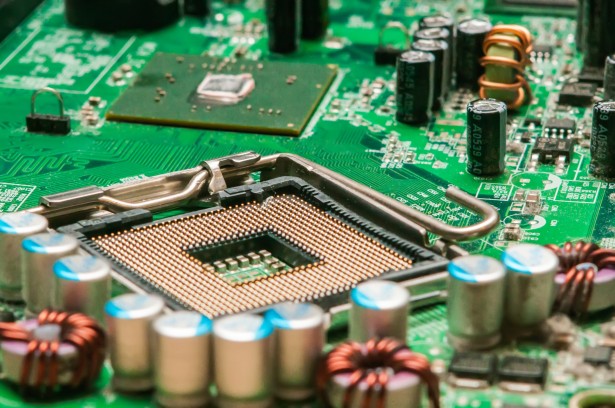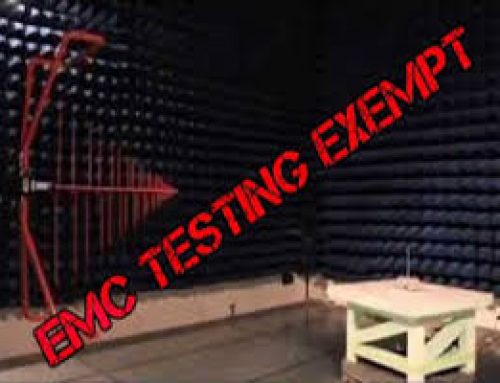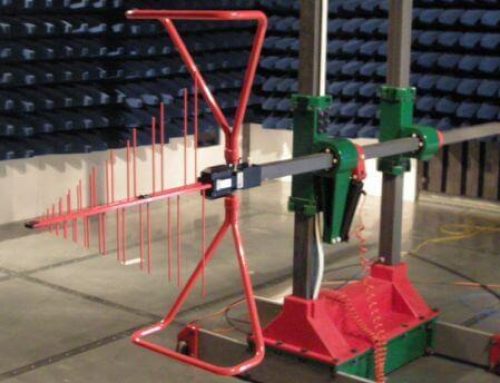What is electromagnetic compatibility testing? Let us try and explain it! Most of the today’s electrical products and electronic equipment are subjected to electromagnetic compatibility testing.
Electromagnetic compatibility testing is commonly known as EMC testing. In Australia, this testing is compulsory for manufacturers of certain products. This testing is necessary to demonstrate that their products are compliant with EMC standards. And is essential to meet the mandated requirements for distribution to the market.
How is Electromagnetic Compatibility Testing performed
EMC testing should be conducted by an accredited testing facility. This EMC testing laboratory should be equipped with suitably calibrated EMC test equipment and facilities. Including the appropriate calibrated EMC test chambers.
The technical capability and resources to perform the test to the applicable EMC product standard.
The testing body can be a third-party testing facility or an in-house laboratory. It ideally would be an accredited testing facility. Usually accredited by the local testing accreditation authority for the region, ideally recognised in other countries.
In Australia, EMC testing facilities are usually accredited by the local Australian authority, which is the National Association of Testing Authorities (NATA). NATA accreditation is recognised by many other countries globally.
This is usually through Mutual Recognition Agreements (MRA). NATA is part of the International Laboratory Accreditation Cooperation (ILAC). ILAC promotes the acceptance of test and calibration data around the world.
Importance of EMC Testing
Electromagnetic Compatibility Testing or EMC testing is mandatory for almost all products which have an electronic or electrical circuitry whether wired or wireless powered.
This is to ensure that products can function satisfactorily in the environment which they are going to be used. Furthermore, so they do not cause interference to other products. There is a huge benefit for manufacturers in testing their products. Especially during the entire development cycle. Associated delays and costly recalls of the products can be avoided.
The earlier the products can be tested for EMC compliance during the development cycle the better. A failure in the test at the end of product development cycle can be extremely costly especially in the redesigning of the product.
What types and markets require EMC Testing
Compliance with the EMC testing is mandatory in almost all markets including the U.S., Europe and Australia, among many others. This test is required for manufacturers in various industries including:
- Medical devices;
- Consumer products;
- Military equipment;
- Industrial machinery;
- Automotive;
- Aerospace; and
- Railway
To be able to avoid delays in the marketing of your products, you need to properly prepare for what is needed prior to the final EMC testing. You must also allocate enough time to book an available booking at the testing laboratory, sometimes the lead time can be weeks.
You must also allow a contingency plan if the product initially does not comply. Allow time for any re-work or modifications are required i.e. compliance engineering the product to meet the standards.
Preparation for EMC Testing
It’s imperative for manufacturers to prepare the EMC testing requirements prior to entering the EMC test chamber in order to achieve the best results. Here is a helpful guide in preparing for EMC testing.
Write a test plan
Before the testing is done, it is necessary to be able to define the process beforehand. Analysing the requirements and knowing the types of test that your product needs to undergo is imperative.
You need to know whether your product is subjected to conducted and radiated emissions only. Or if you will also need the EMC immunity testing as well. You will also need to know which ports will be tested, which levels or limits will be used and what the pass and fail criteria are.
That is why writing a test plan is essential.
How to write a test plan? EMC Test plan template
If you have already undergone Electromagnetic Compatibility Testing before, then you will be able to create a test plan yourself.
However, if it is your first time to have an EMC test conducted, you can contact your test lab and seek a professional EMC test plan to be prepared for your particular product. A good test plan must have the following:
- Product name, model number and identification details;
- Product description of device to be tested including its I/O configurations and peripherals;
- Required standards and applicable tests that are listed in the standards;
- Quantity of samples requiring testing;
- Product power supply requirements, i.e. 115/230VAC, 50/60Hz, 12VDC, PoE etc;
- Dimensions of the product/system and also the weight of the product/system;
- Type of equipment is it tabletop or floor standing;
- Transmitter information if a wireless radio module is incorporated or used;
- The lowest and highest internal frequencies used within the product;
- Ports table including cable types, quantities, terminations and cable lengths;
- Operating modes of the product;
- Operating mode of the product and configuration for emissions testing (worst case);
- Product emissions limits i.e. Class A, Class B etc (if applicable);
- Operating mode of the product and configuration for immunity testing (worst case);
- Declaring the intended environment, such as Basic, Industrial or Controlled EM etc;
- EUT cycle time to complete all operations and allow observation of any failures;
- Customer specified performance criteria and ways to recognise monitor and report failures;
- Test fixtures, special software and supporting equipment to correctly exercise the product;
- Definition of failure;
- Estimated set-up time of the physical configuration and support equipment/software;
- Declaring any health and safety related issues such as hazardous materials etc;
- Special needs such as power, software and cooling among others;
Getting the price and schedule
Once you have the test plan written, you can now get the pricing and scheduling from an accredited 3rd party EMC test lab such as EMC Bayswater. Prepare the software and hardware for testing. You need to inquire what the lab will supply. More often than not, you will need the following:
- Equipment under test (EUT) and spares;
- Test fixture (if required);
- Connectors and cables;
- EMI suppression supplies such as ferrites, copper tape;
- Tool kit;
- Equipment’s design
During the test, you will need a compliance engineer or someone who is familiar with the product to witness the testing process.
Preliminary testing or pre-compliance testing
Preliminary testing (also related to RCM Compliance Testing) is also necessary to avoid possible failures in the final testing. There are shortened versions of the various test methods that can be done to identify possible failures.
Before the final testing, design modifications can be made. The most common pre-test that can be done is the radiated emissions pre-test.
This pre-scan determines failures and suggests possible design modifications to enhance the equipment so it performs better for other test methods when needed.
Preparation prior to testing
Additionally, possible delays can be avoided if you are well prepared before the testing. Hence, when preparing your software and hardware for testing, you need to take note of the following:
- The product that has to be tested must have its peripheral equipment included which constitute the entire system;
- Any optional or auxiliary equipment that may be required during the test. If your product has a USB port, include a USB peripheral that can be used for that port. If you don’t ship a product with USB peripheral, then you provide a typical unit. Ensure that unit is pre-compliant to avoid failure during the test;
- If functional auxiliary equipment for a particular port is not possible, dummy loads that exercise a port to its fullest extent will often do;
- A monitoring method. This is crucial for immunity testing since the lab needs to monitor the performance of your product. Clearly defining methods for which you would like your product to be monitored is helpful to EMC test labs;
- Two or more alternative backup power supply units. This is helpful whenever there’s a failure in conducted emissions testing. Conducted emissions problems can often be alleviated by swapping an external power adapter with a better performing one. Having more adapters can also be useful when doing surge testing;
- Cables that are needed when exercising your product to the fullest. They must be the right length.
- A software/firmware test mode that is needed when exercising all communication interfaces, memory interfaces and all moving parts at the highest speed possible; and
- Proper documentation needed by the test engineers. This is highly important because if test engineers don’t know how to set up or operate your product into the proper test mode, it could delay in the test schedule.
Conclusion
If you don’t have an in-house testing laboratory, there are lots of EMC testing laboratories out there that can help you such as EMC Bayswater. EMC Bayswater is a reputed and NATA accredited electromagnetic compatibility testing facility in Australia capable of conducting accurate EMC testing. Equipped with state-of-the-art EMC test chambers and qualified test engineers that can deliver the best results.
Source: Courtesy of EMC Bayswater







Leave A Comment